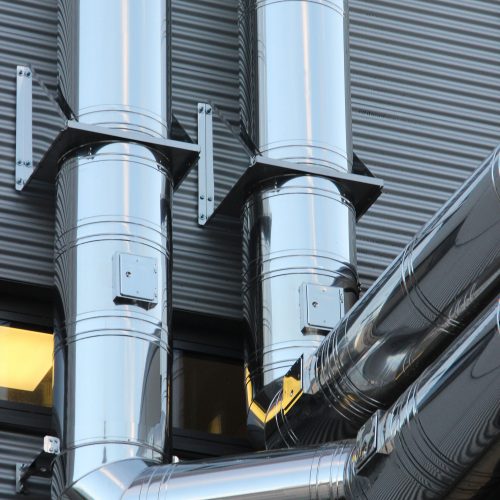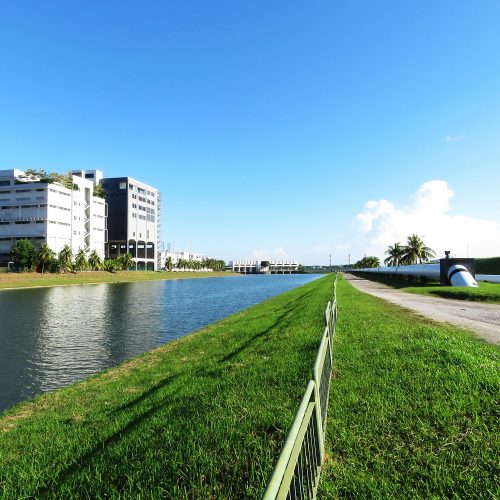In order to extract geothermal waters, wells are drilled to the surface of the ground to the depth of these waters.
At a distance from the borehole, a second borehole is made, where the geothermal water, when it receives heat from it, is forced back into the bed. Geothermal waters are usually strongly saline, which is the reason for particularly difficult operating conditions of heat exchangers and other elements of geothermal installations fittings. Geothermal energy is used in central heating systems as the basic source of thermal energy.
The second use of geothermal energy is the production of electricity, which is profitable only in the case of particularly hot sources.
Hot springs, so-called Geysers are a characteristic feature of the Icelandic landscape that uses them as a source of heating and hot water. This does not adversely affect the natural environment.





